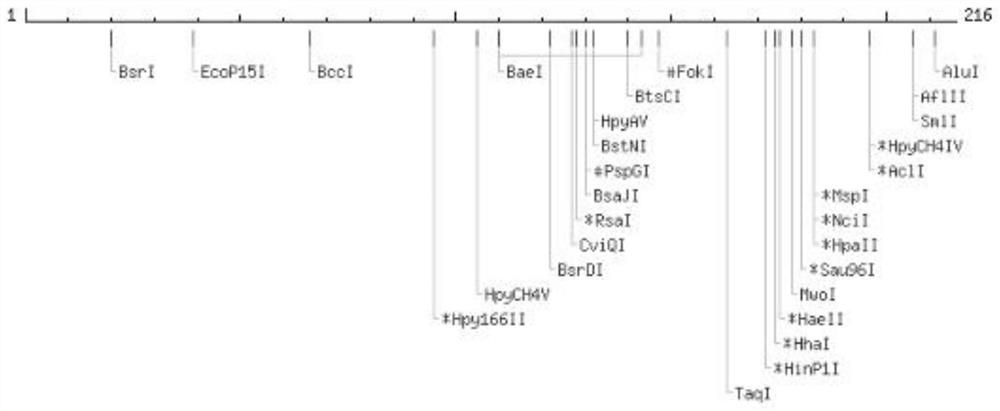Marine microbial cold shock protein gene csp, its encoded protein and its application
A technology of marine microorganisms and cold shock proteins, applied in the field of genetic engineering
- Summary
- Abstract
- Description
- Claims
- Application Information
AI Technical Summary
Problems solved by technology
Method used
Image
Examples
Embodiment 1
[0027] Cloning and analysis of embodiment 1CSP gene
[0028] (1) Collection of marine microorganisms: seawater is taken from the sea area of Heishijiao, Dalian, China, and clean seawater that can be directly used for aquaculture is obtained through a sand filter device. The clean seawater is suction filtered, and the microorganisms are left on the filter membrane, and then gently scraped with a clean blade and rinsed with seawater for centrifugation to obtain a mixed sample of marine microorganisms. The mixed sample of marine microorganisms was quickly stored at 4°C and used for subsequent DNA extraction experiments as soon as possible. Combining physical and chemical cell lysis and various enzyme digestion methods, marine microbial metagenomic DNA with good quality and high purity is extracted and purified from marine microbial samples.
[0029] (2) Merge primer design: compare the homology of the CSP family gene sequences of microorganisms such as Escherichia coli, Bacill...
Embodiment 2
[0054] The acquisition of embodiment 2 transgenic Arabidopsis thaliana
[0055] (1) CSP gene plant expression vector construction
[0056] ①Plasmid mini-extraction kit from Sangon Bioengineering Co., Ltd. was used to extract the pMD18-CSP plasmid and the empty plasmid of the plant binary expression vector pTF 101, respectively. See the instructions for specific methods.
[0057] ②Using SmaI and SacI two restriction endonucleases to perform double enzyme digestion reaction on pMD18-CSP, pTF101-35s and pTF101-ubi plasmids to linearize them, and recover the CSP gene fragment and the large fragment of pTF101 vector.
[0058] ③ Ligate the recovered and purified plant expression vectors pTF101-35S and pTF101-ubi with the coding region of the CSP gene by using T4 ligase. Recombinant vectors pTF101-35S-CSP and pTF101-ubi-CSP were obtained respectively (the structural maps are respectively Figure 4 A and Figure 4 B).
[0059] ④The connection solution was transformed into Escheric...
Embodiment 3
[0069] Physiological detection of transgenic Arabidopsis under the drought stress condition of embodiment 3
[0070] Transgenic Arabidopsis thaliana after screening were transplanted into square pots, and two Arabidopsis overexpressing CSP were planted in each square pot, and were used for the next physiological test after 5 weeks of growth. For control wild-type Arabidopsis thaliana, the same culture method as above was adopted, without Basta solution being sprayed, and physiological tests were carried out at the same time as the experimental group after 5 weeks of growth.
[0071]Select transgenic and wild-type Arabidopsis experiments with consistent growth conditions. In this experiment, the harsh watering method was used to simulate the drought under natural conditions, that is, all the plants were watered with sufficient water before the drought treatment, and no watering was performed after that. On the 0th day, the 3rd day, the 6th day, the 9th day and the 12th day of ...
PUM
 Login to View More
Login to View More Abstract
Description
Claims
Application Information
 Login to View More
Login to View More - R&D
- Intellectual Property
- Life Sciences
- Materials
- Tech Scout
- Unparalleled Data Quality
- Higher Quality Content
- 60% Fewer Hallucinations
Browse by: Latest US Patents, China's latest patents, Technical Efficacy Thesaurus, Application Domain, Technology Topic, Popular Technical Reports.
© 2025 PatSnap. All rights reserved.Legal|Privacy policy|Modern Slavery Act Transparency Statement|Sitemap|About US| Contact US: help@patsnap.com



